Similar to this question: Split up time series per year for plotting which has done in Python, I want to display the daily time series as multiple lines by year. How can I achieve this in R?
library(ggplot2)
library(dplyr)
# Dummy data
df <- data.frame(
day = as.Date("2017-06-14") - 0:364,
value = runif(365) + seq(-140, 224)^2 / 10000
)
# Most basic bubble plot
p <- ggplot(df, aes(x=day, y=value)) +
geom_line() +
xlab("")
p
Out:
One solution is using ggplot2, but date_labels are displayed incorrectly:
library(tidyverse)
library(lubridate)
p <- df %>%
# mutate(date = ymd(date)) %>%
mutate(date=as.Date(date)) %>%
mutate(
year = factor(year(date)), # use year to define separate curves
date = update(date, year = 1) # use a constant year for the x-axis
) %>%
ggplot(aes(date, value, color = year)) +
scale_x_date(date_breaks = "1 month", date_labels = "%b")
# Raw daily data
p + geom_line()
Out:
Alternative solution is to use gg_season from feasts package:
library(feasts)
library(tsibble)
library(dplyr)
tsibbledata::aus_retail %>%
filter(
State == "Victoria",
Industry == "Cafes, restaurants and catering services"
) %>%
gg_season(Turnover)
Out:
References:
Split up time series per year for plotting
R - How to create a seasonal plot - Different lines for years




